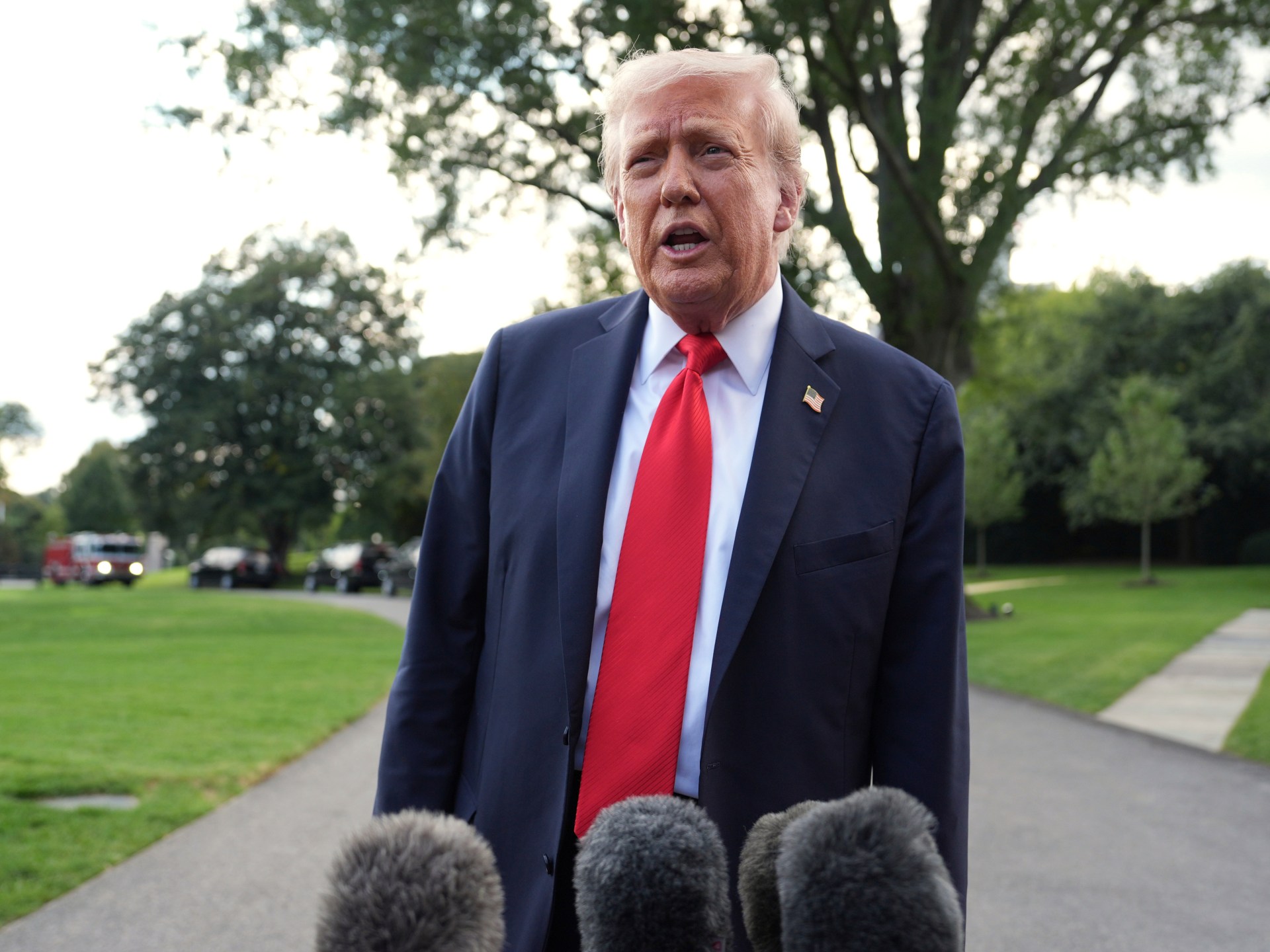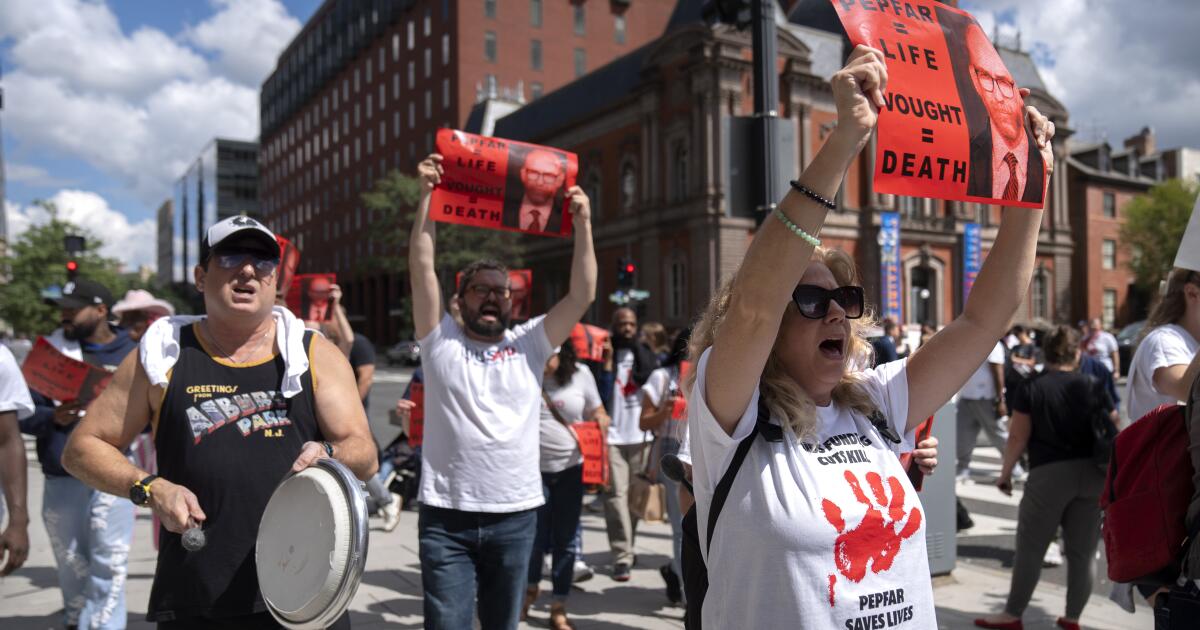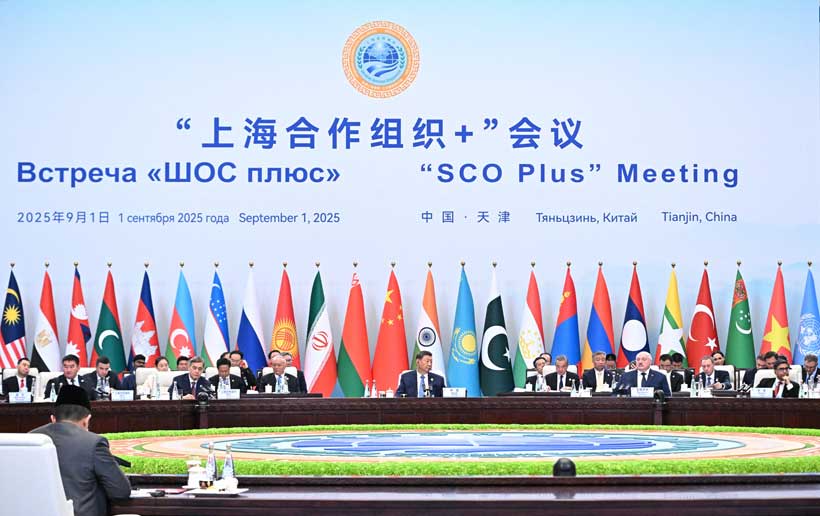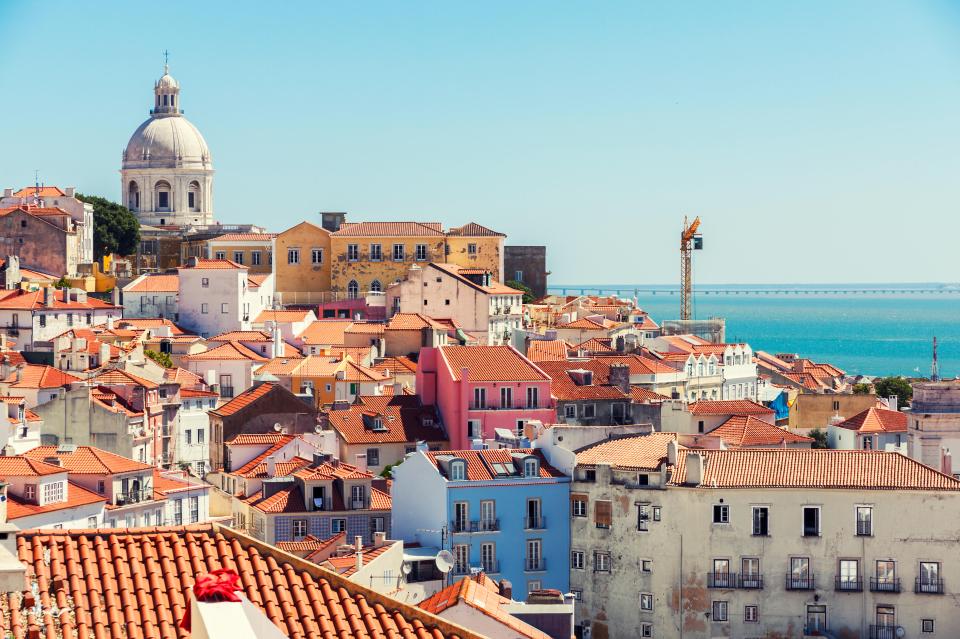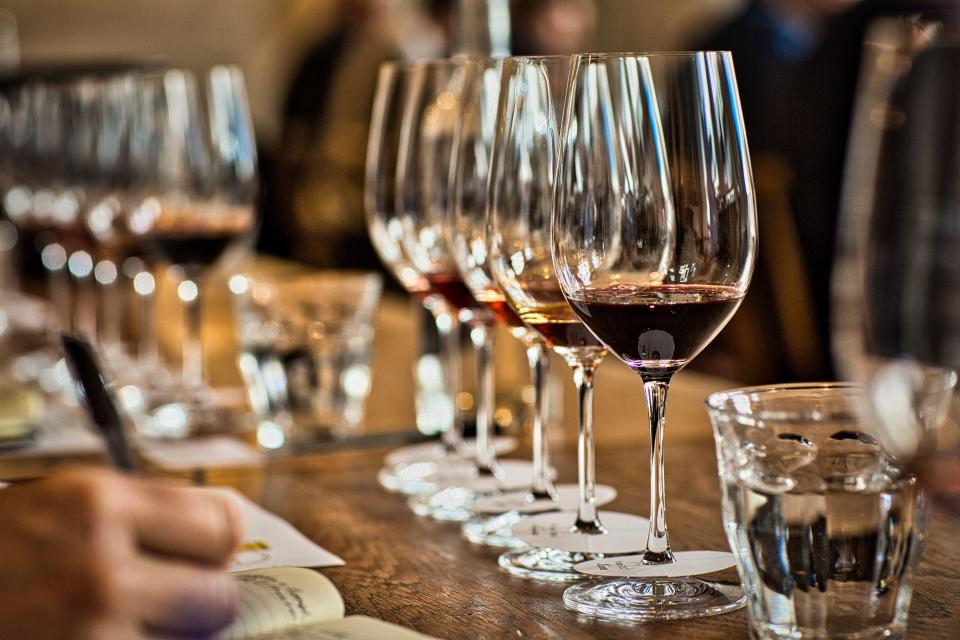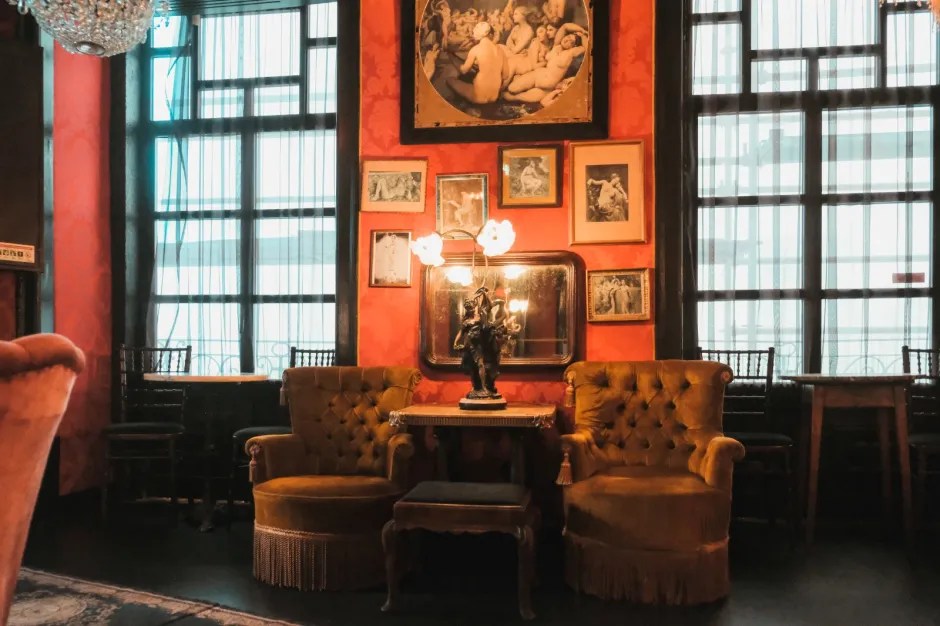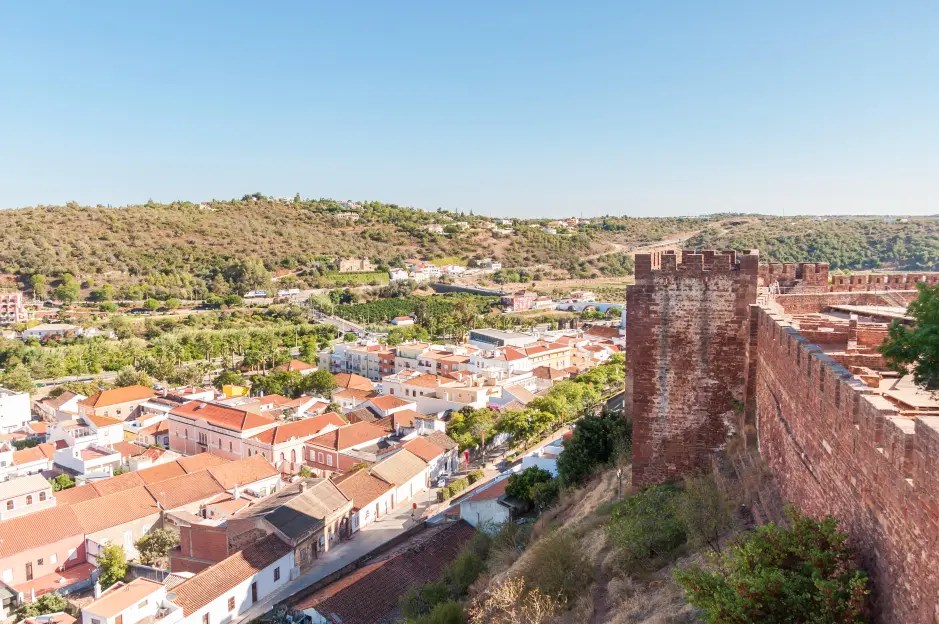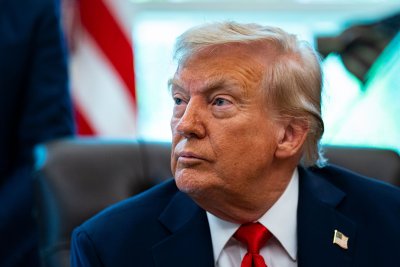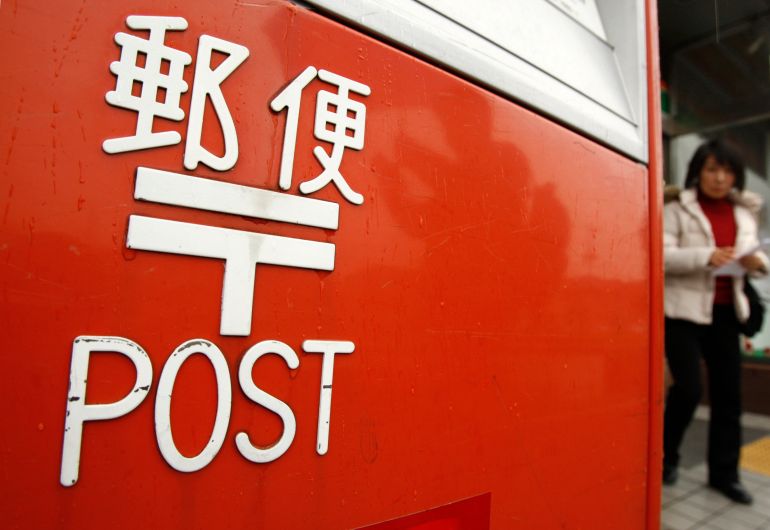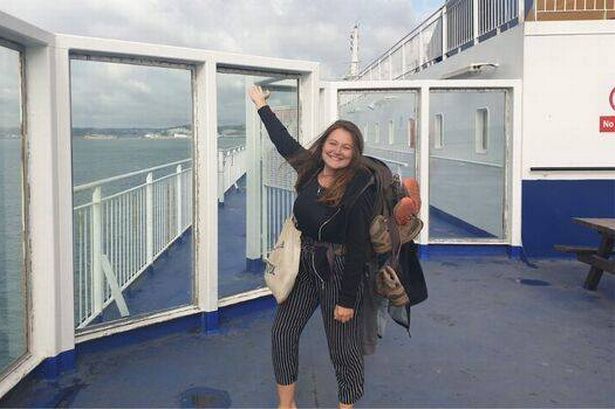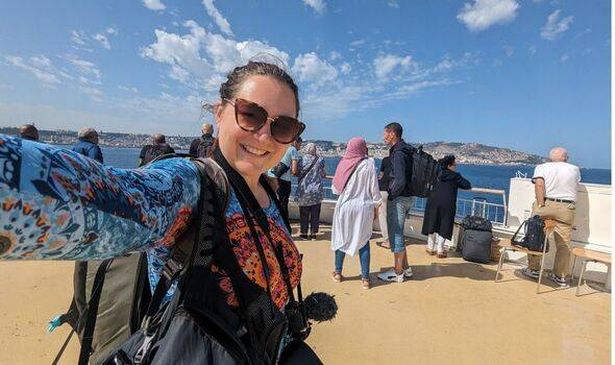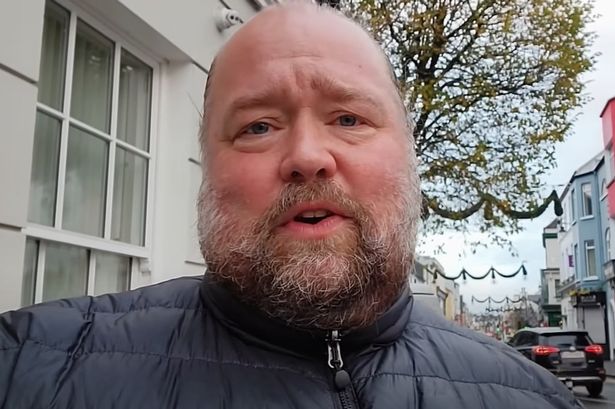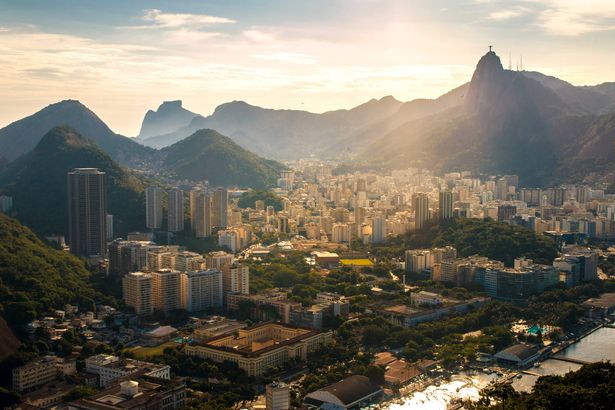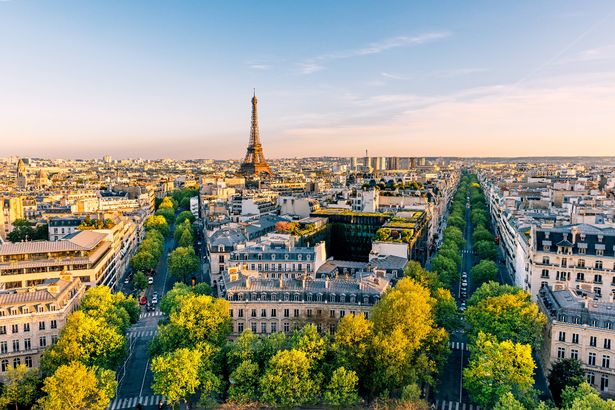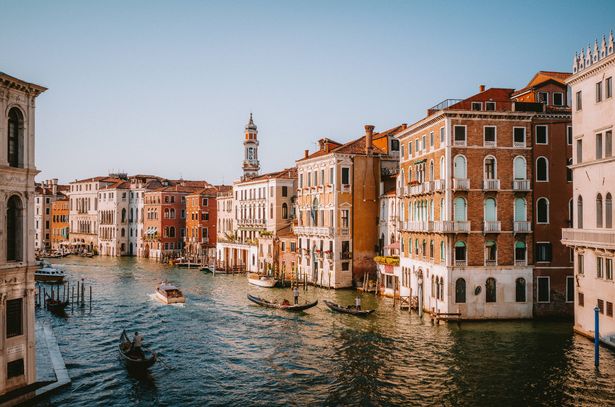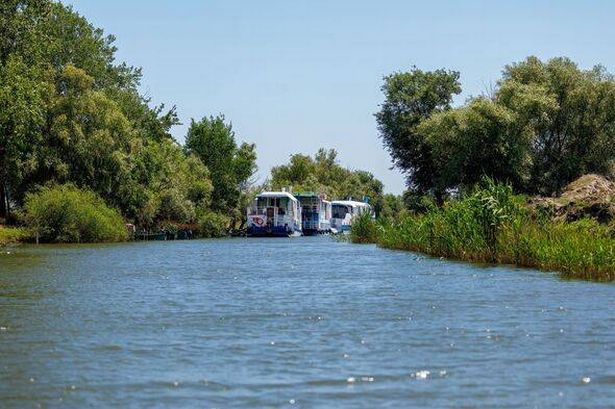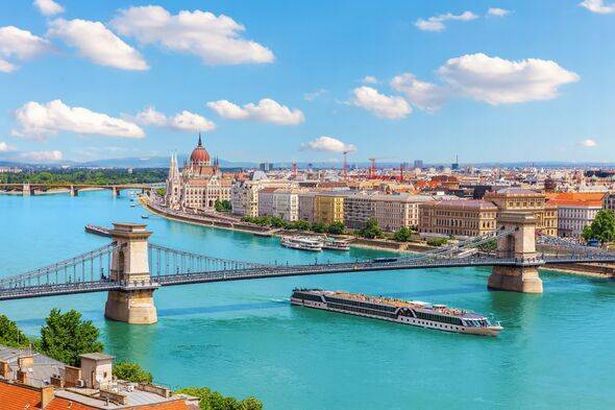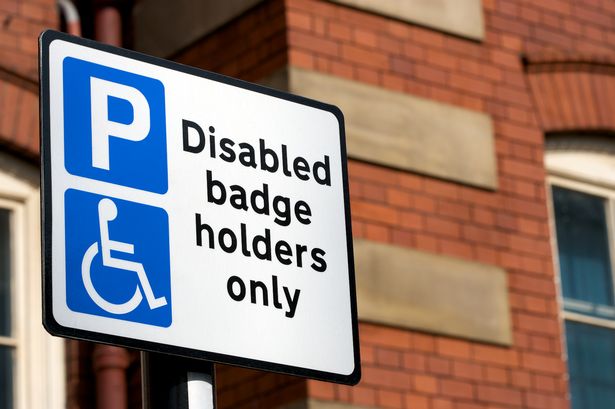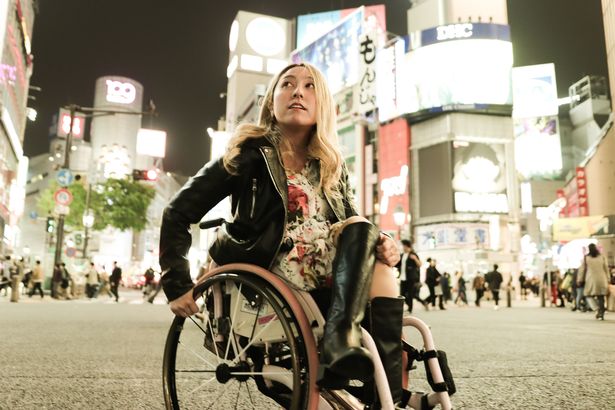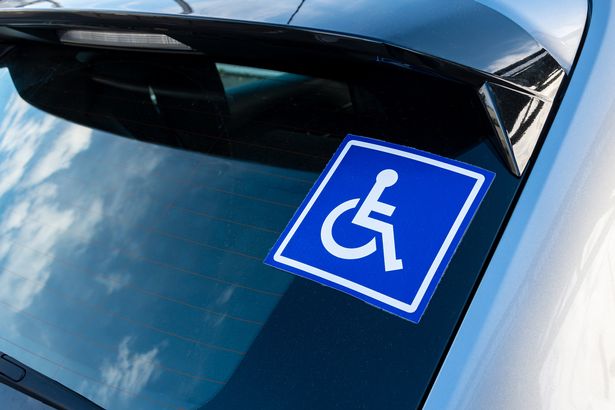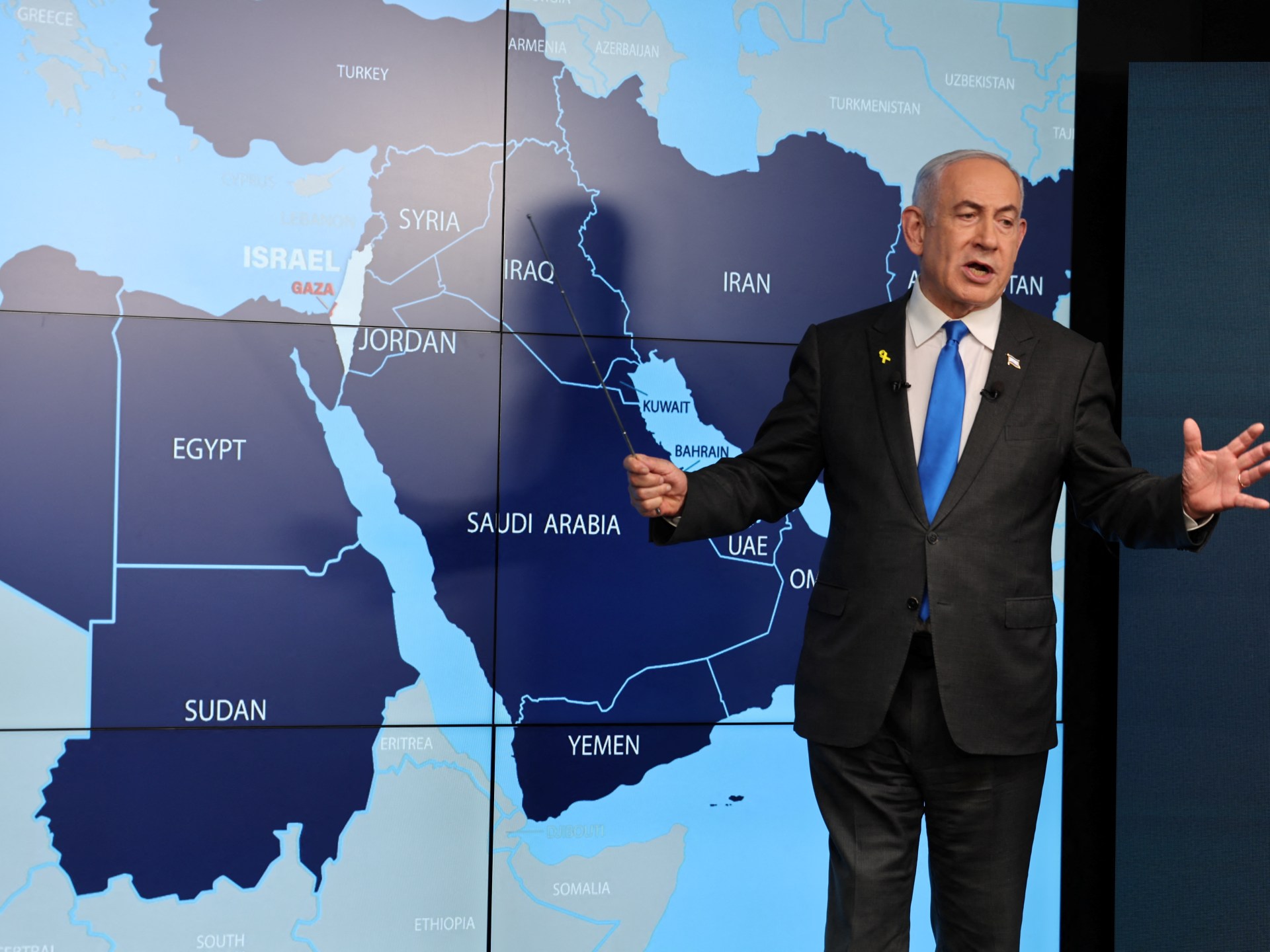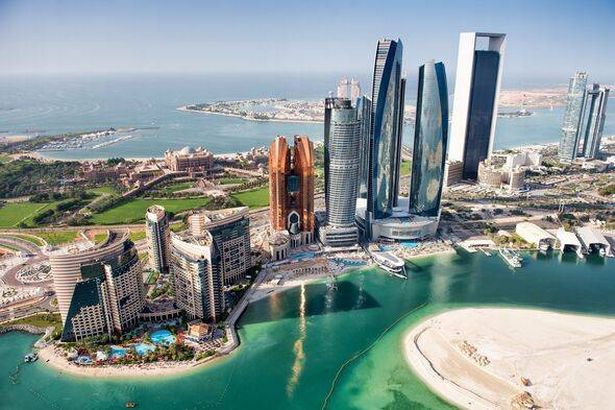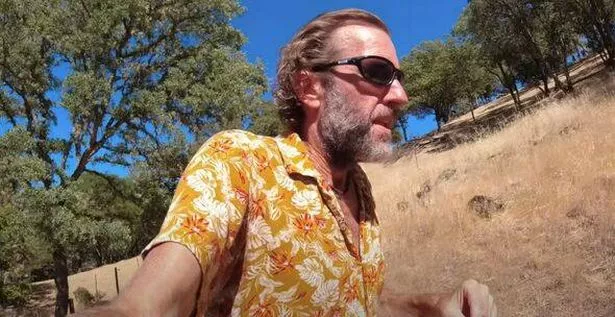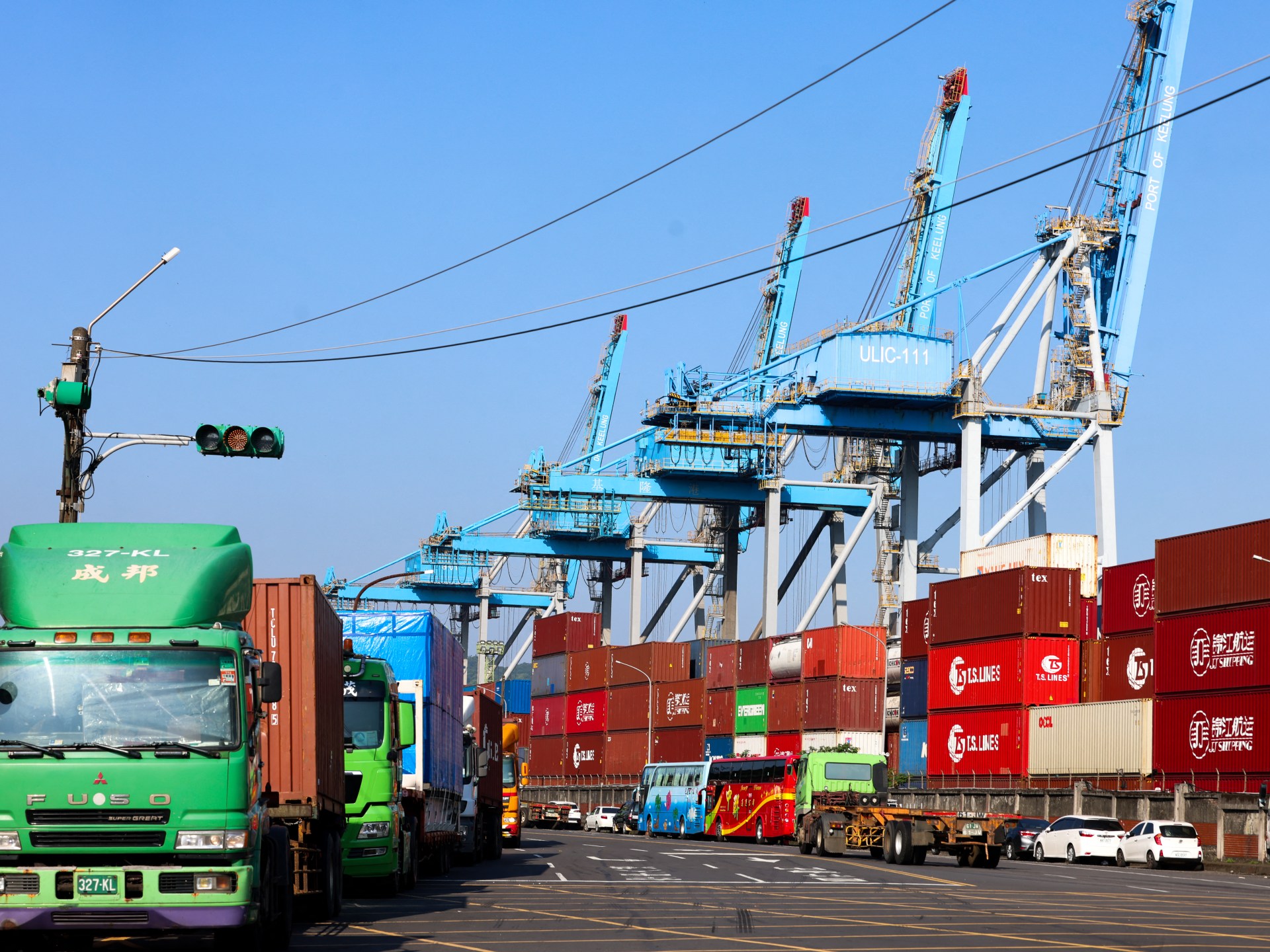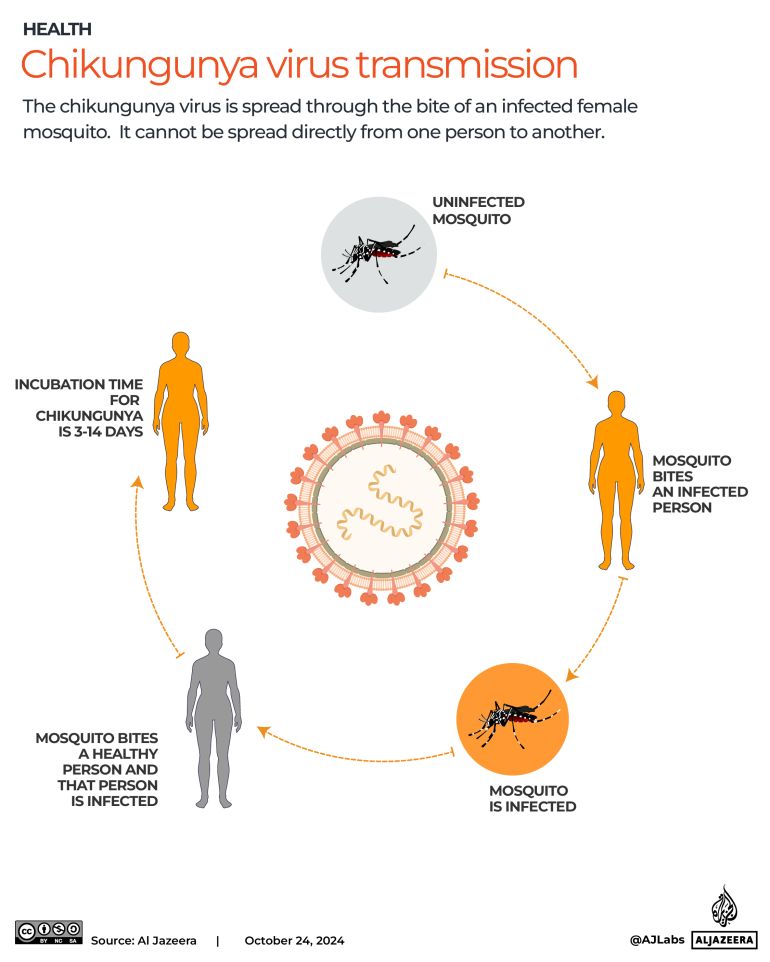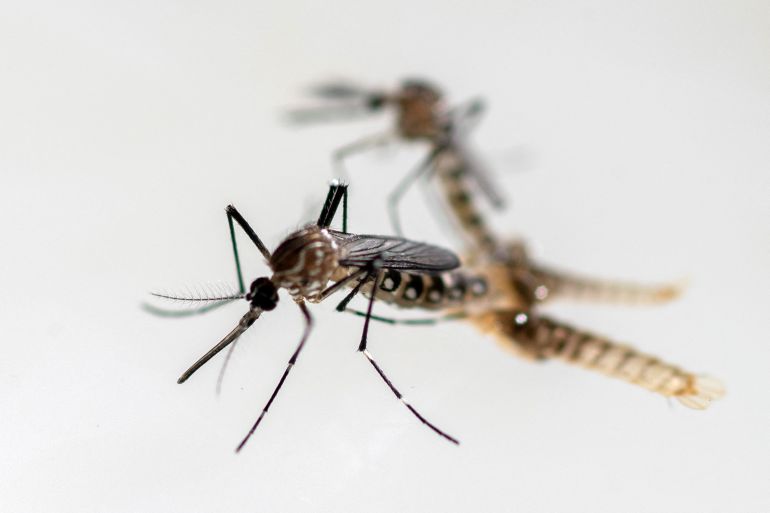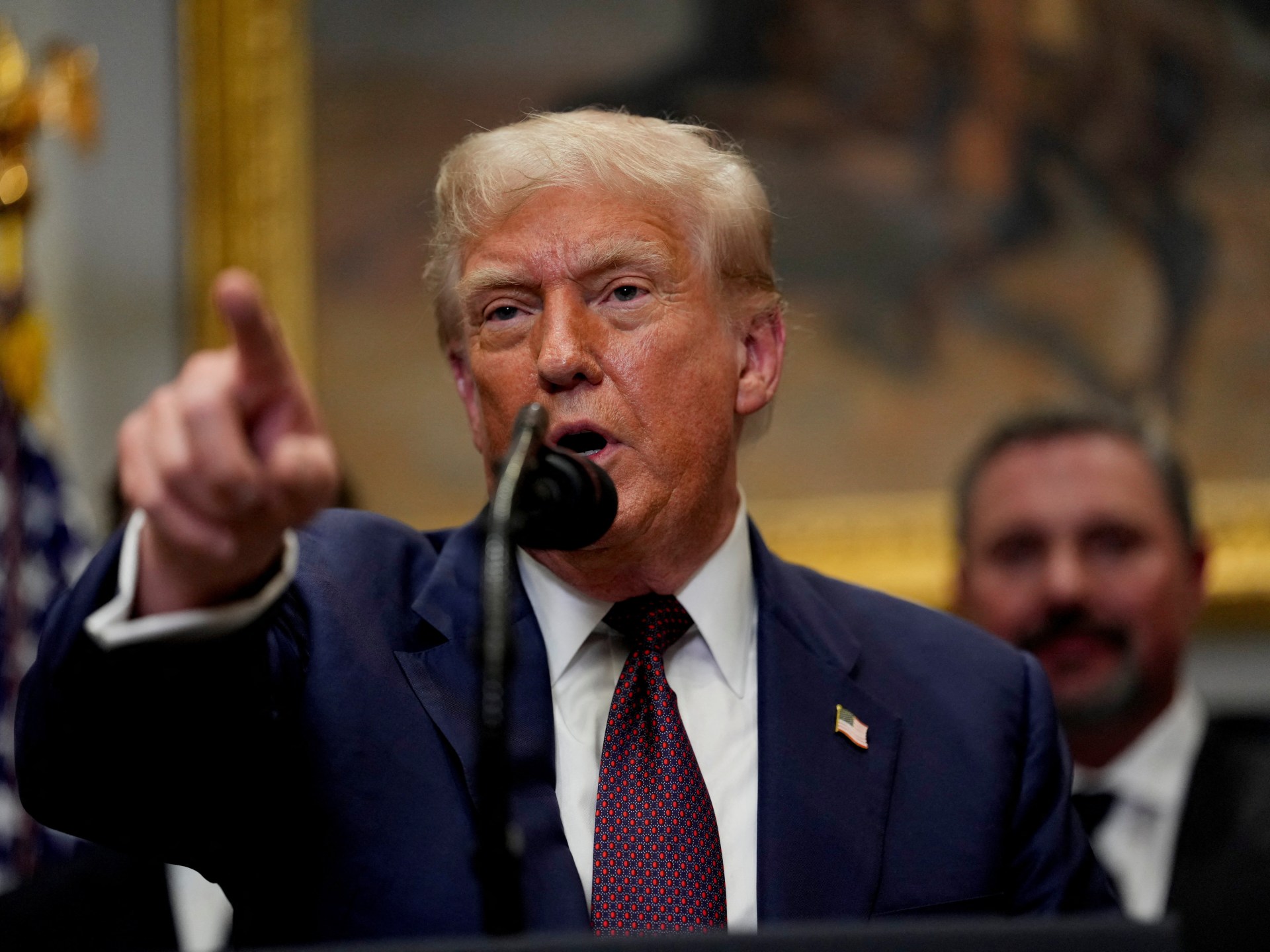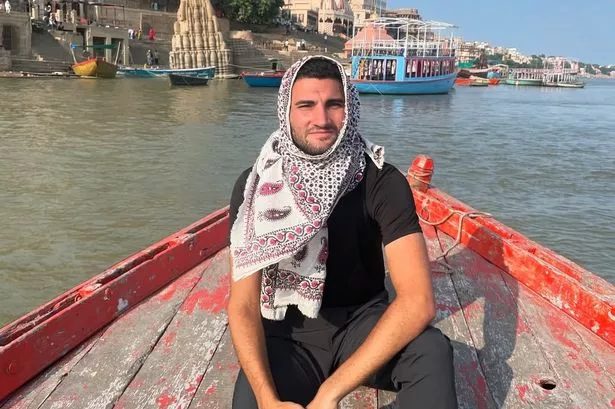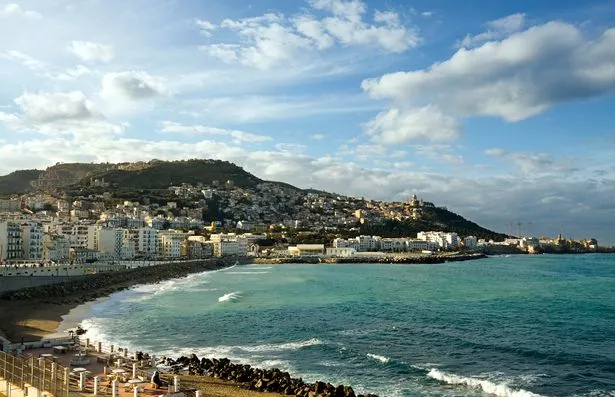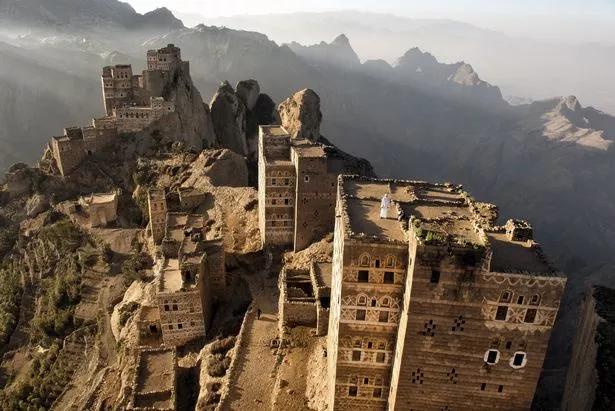President Donald Trump’s administration has unveiled a range of new tariffs to take effect in one week on most US trading partners.
Nearly 70 countries face Trump’s import duties that were due to come into force on August 1; most were delayed at the last minute and will begin on August 7.
Trump sees the tariffs as an economic tool of power that will put US exporters in a stronger position, by keeping out imports and encouraging domestic manufacturing.
While the situation remains dynamic, different levies will be imposed on countries, ranging from 15 percent on Japan and the European Union to 39 percent on Switzerland.
Here’s how countries and markets have reacted to the news:
China
China has warned that US protectionism “harms the interests of all parties”.
“The Chinese side’s opposition to tariffs has been consistent and clear,” Foreign Ministry spokesman Guo Jiakun said.
“There is no winner in a tariff war or trade war,” he added.
With no permanent deal in place, Beijing and Washington are negotiating a deal over tariffs. A 30 percent combined tariff will, however, be applied, following an agreed pause until August 12. That followed an earlier escalation to a 145 percent tariff on imports.
Taiwan
Taiwanese President William Lai Ching-te has called its 20 percent tariff announced by Trump “temporary … with the possibility of further reductions should an agreement be reached”.
The US president had threatened to hit the island with a 32 percent tax and possible duties on its huge semiconductor shipments.
Japan
A tariff of 15 percent agreed last week between Japan and Washington – down from a threatened 25 percent – is due to be applied from August 7.
“We continue to urge the US to take prompt measures to implement the agreement, including lowering tariffs on automobile and auto parts,” Prime Minister Shigeru Ishiba said on Friday.
The Bank of Japan (BOJ), however, warned that profits of Japanese firms are likely to fall this year because of US tariffs, leading them to downgrade capital expenditure plans.
Automakers have swallowed the rising costs from the tariffs instead of passing them on to US consumers, as seen in a fall of roughly 20 percent in export prices since April, the BOJ said in a full version of its quarterly outlook report.
“This suggests Japanese automakers are averting price hikes that may lead to falling sales volume, at the cost of seeing profitability worsen,” the BOJ added.
Malaysia
Malaysia’s Trade Ministry has said its rate, down from a threatened 25 percent, was a positive outcome without compromising on what it called “red line” items.
Thailand
Thailand’s finance minister said the reduction from 36 to 19 percent in tariffs, would help his country’s struggling economy face global challenges ahead.
“It helps maintain Thailand’s competitiveness on the global stage, boosts investor confidence and opens the door to economic growth, increased income and new opportunities,” Pichai Chunhavajira said.
Cambodia
The US on Friday slashed the tariff rate for Cambodia to 19 percent from earlier levies of 36 percent and 49 percent, a major boost for its crucial garments sector, its biggest economic driver and source of about a million manufacturing jobs.
“If the US maintained 49 percent or 36 percent, that industry would collapse, in my opinion,” Cambodia’s Deputy Prime Minister and top trade negotiator Sun Chanthol told the Reuters news agency in an interview.
European Union
The EU’s trade chief, Maros Sefcovic, said the bloc’s exporters now benefit from a “more competitive position” following a framework agreement between the EU and the US, although he added that “the work continues.
“The new US tariffs reflect the first results of the EU-US deal, especially the 15 percent all-inclusive tariff cap,” Sefcovic wrote in a post on social media platform X.
“This reinforces stability for businesses as well as trust in the transatlantic economy,” he added.
Switzerland
Switzerland expressed “great regret” that it was hit with 39 percent – up from the threatened 31 percent – despite its “very constructive position”.
The levy – more than double the EU’s 15 percent – appeared to catch the rich Alpine nation off guard.
Switzerland ranks sixth in terms of direct investment in the US, with pharma giants Roche and Novartis announcing major spending plans in recent months.
Sri Lanka
Sri Lanka expressed relief that it will face a 20 percent hit – a sharp reduction from the 44 percent originally floated – and expressed hope of a further cut.
“We are happy that our competitiveness in exports to the US has been retained,” Finance Ministry official Harshana Suriyapperuma told reporters.
Bangladesh
Bangladesh negotiated a 20 percent tariff on exports to the US, down from the 37 percent initially proposed by Trump.
Muhammad Yunus, the head of the country’s interim government, called it a “decisive diplomatic victory”.
Pakistan
Pakistan secured a tariff rate of 19 percent with the US on Thursday.
“This deal marks the beginning of a new era of economic collaboration, especially in energy, mines and minerals, IT, cryptocurrency and other sectors,” the Pakistani Finance Ministry said in a statement.
India
Trump on Wednesday said Indian goods would face a 25 percent US tariff starting August 1, slightly below an earlier threatened level.
The country would also face an unspecified “penalty” over New Delhi’s purchases of Russian weapons and energy, Trump said on social media.
In a statement, the Indian government said on Wednesday it was studying the implications of these new tariffs and added New Delhi “attaches the utmost importance to protecting and promoting the welfare of our farmers, entrepreneurs, and MSMEs”.
South Africa
South Africa will use the weeklong delay in the US’s imposition of 30 percent tariffs to negotiate, to avoid the penalty and save jobs, President Cyril Ramaphosa said on Friday.
“Intensive negotiations are now under way,” Ramaphosa told journalists.
“Our task is to negotiate as strongly and as hard as we can with the United States,” he said. “Our objective, really, is to save jobs.”
Canada
Trump said on Thursday that the US would raise tariffs on certain Canadian goods from 25 percent to 35 percent.
He had warned of trade consequences for Canada after Prime Minister Mark Carney announced plans to recognise a Palestinian state at the United Nations General Assembly in September.
Unlike the new levies hitting dozens of other economies, there is no delay, and these begin on Friday, according to a White House fact sheet.
Carney said his government is “disappointed” by Trump’s decision.
Trump’s order also cited Canada’s failure to “cooperate in curbing the ongoing flood of fentanyl and other illicit drugs” as well as its “retaliation” against his measures.
Carney outlined Ottawa’s efforts to crack down on fentanyl and to increase border security. “Canada accounts for only 1 percent of US fentanyl imports and has been working intensively to further reduce these volumes,” he said.
Products covered by the 2020 United States-Mexico-Canada Agreement – which covers a wide swath of items – will, however, be exempt from the tariff rate.
Markets
European stocks hit a three-week low as investors worried about the effect of the new US levies on dozens of countries.
Asian shares were also headed for the worst week since April after the tariffs were announced.
Oil prices have, however, changed very little, heading for a weekly gain.
